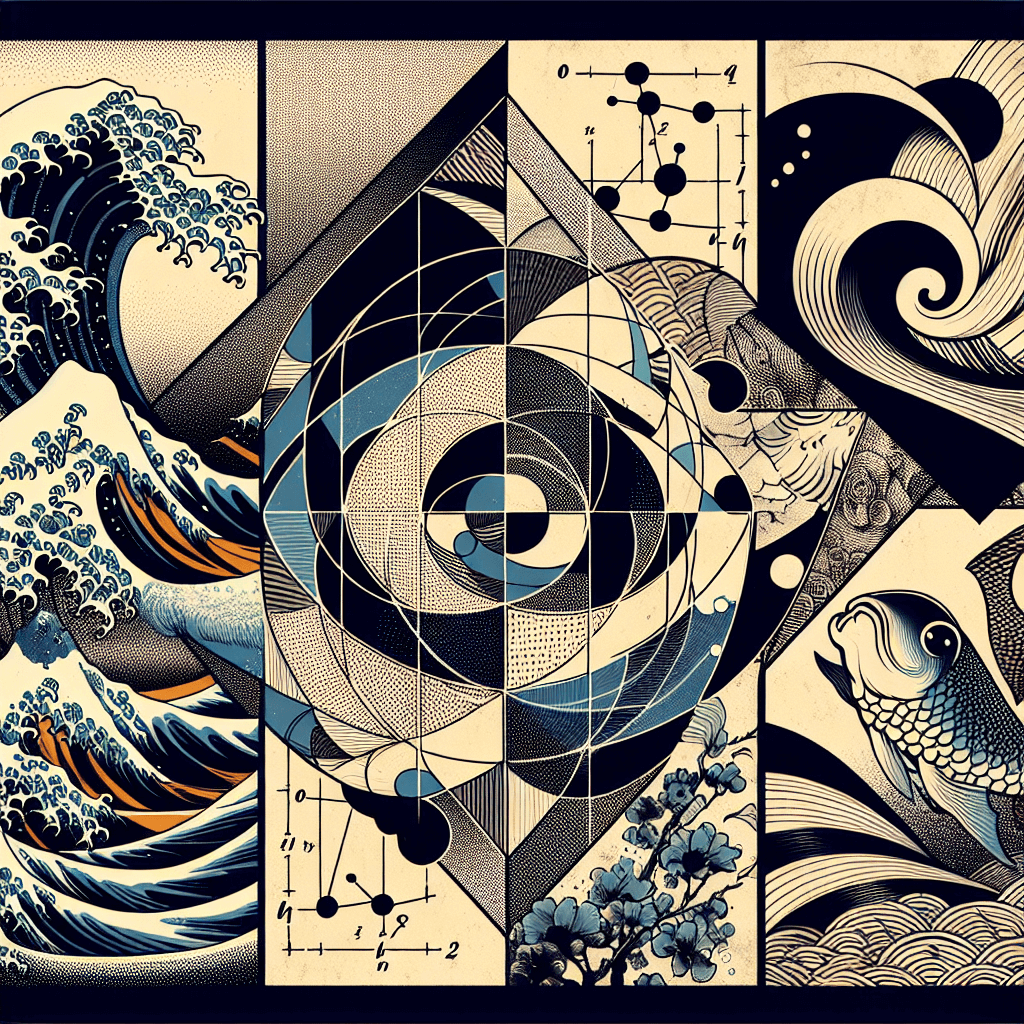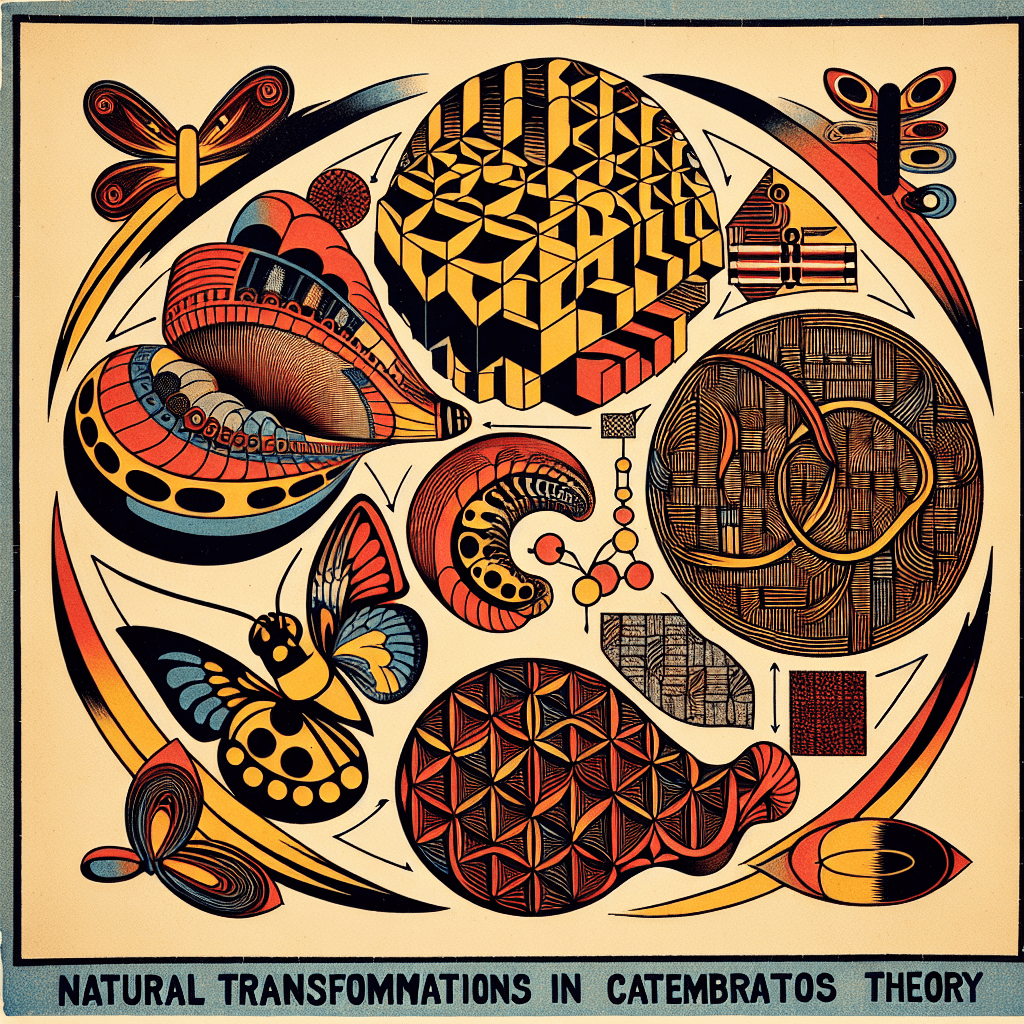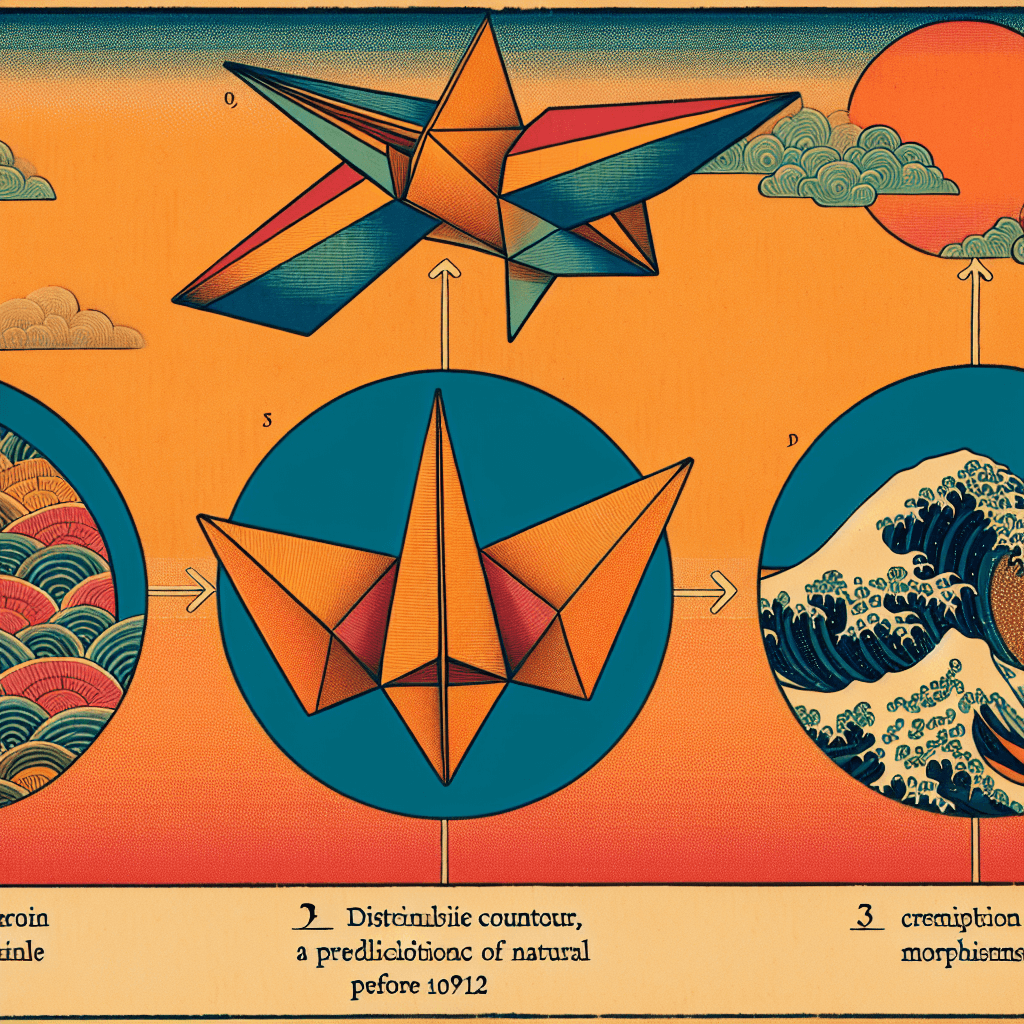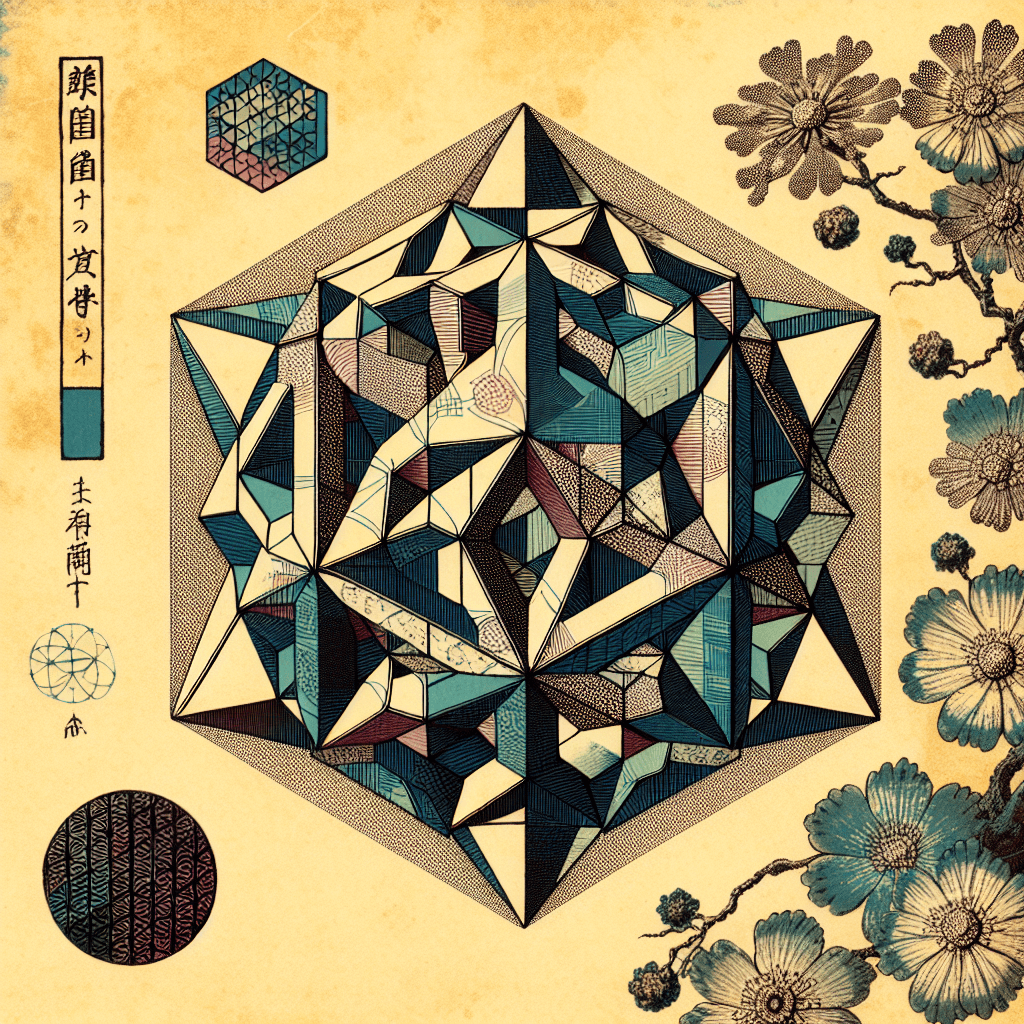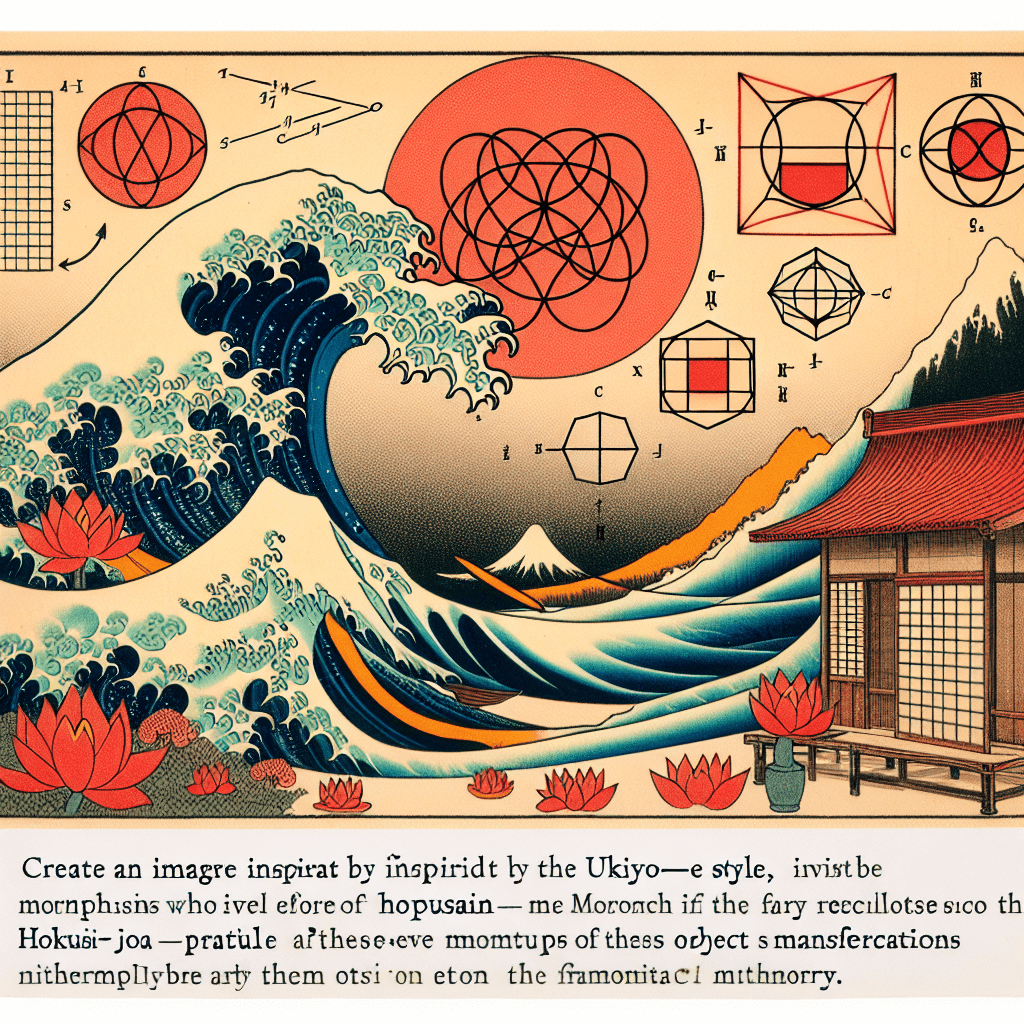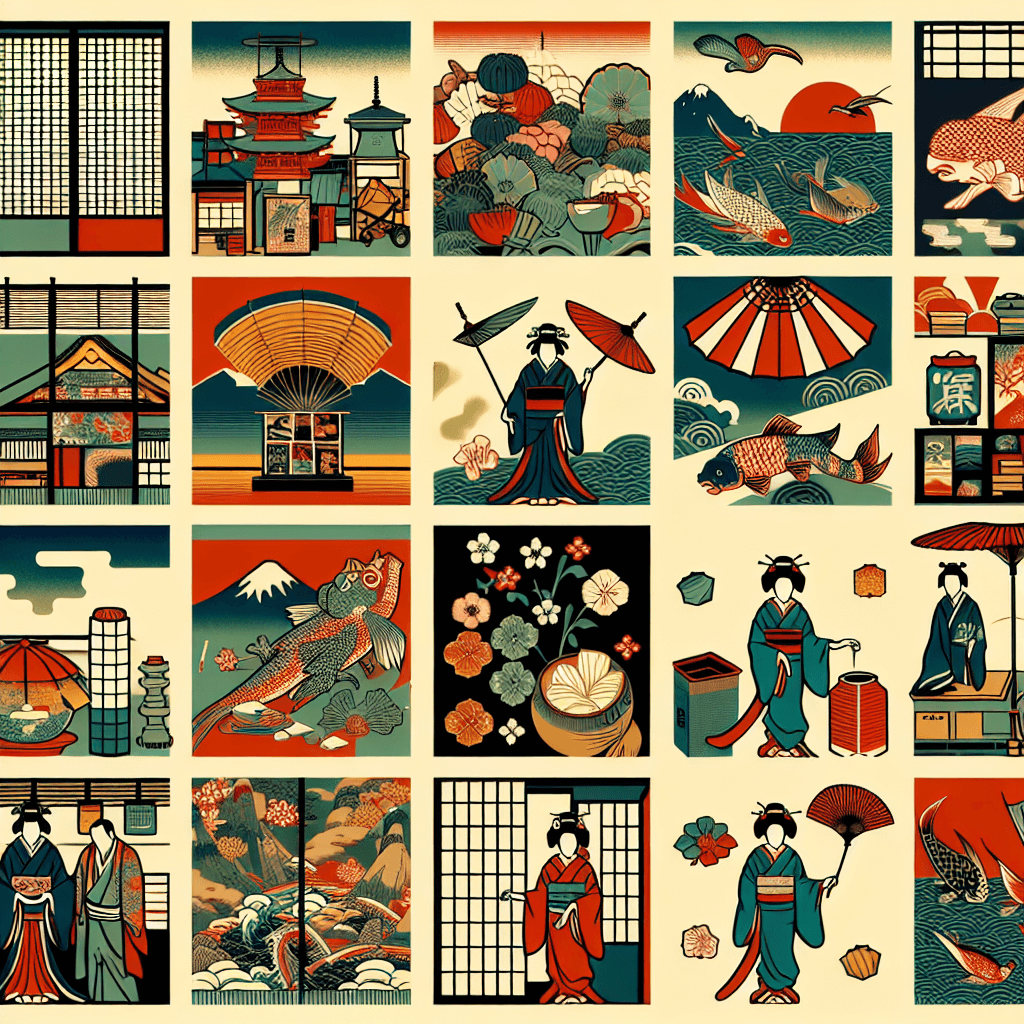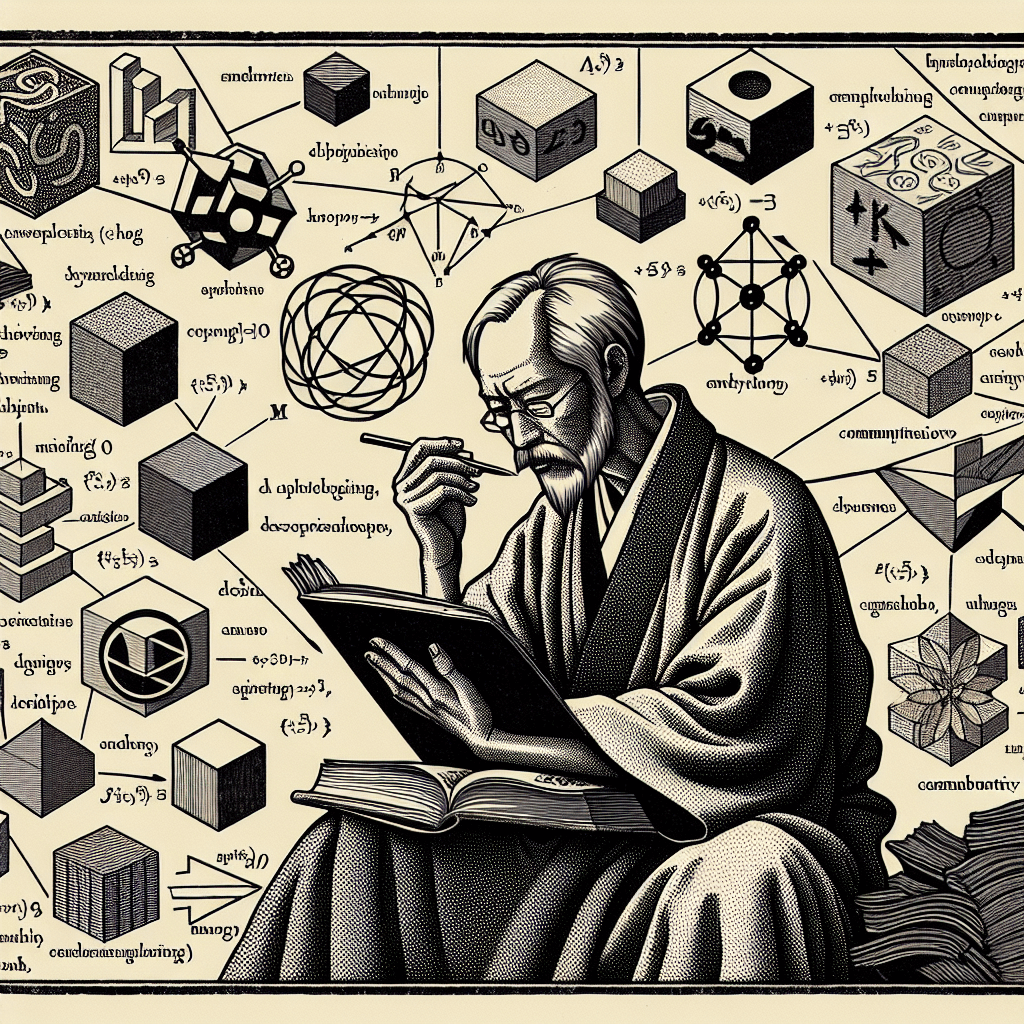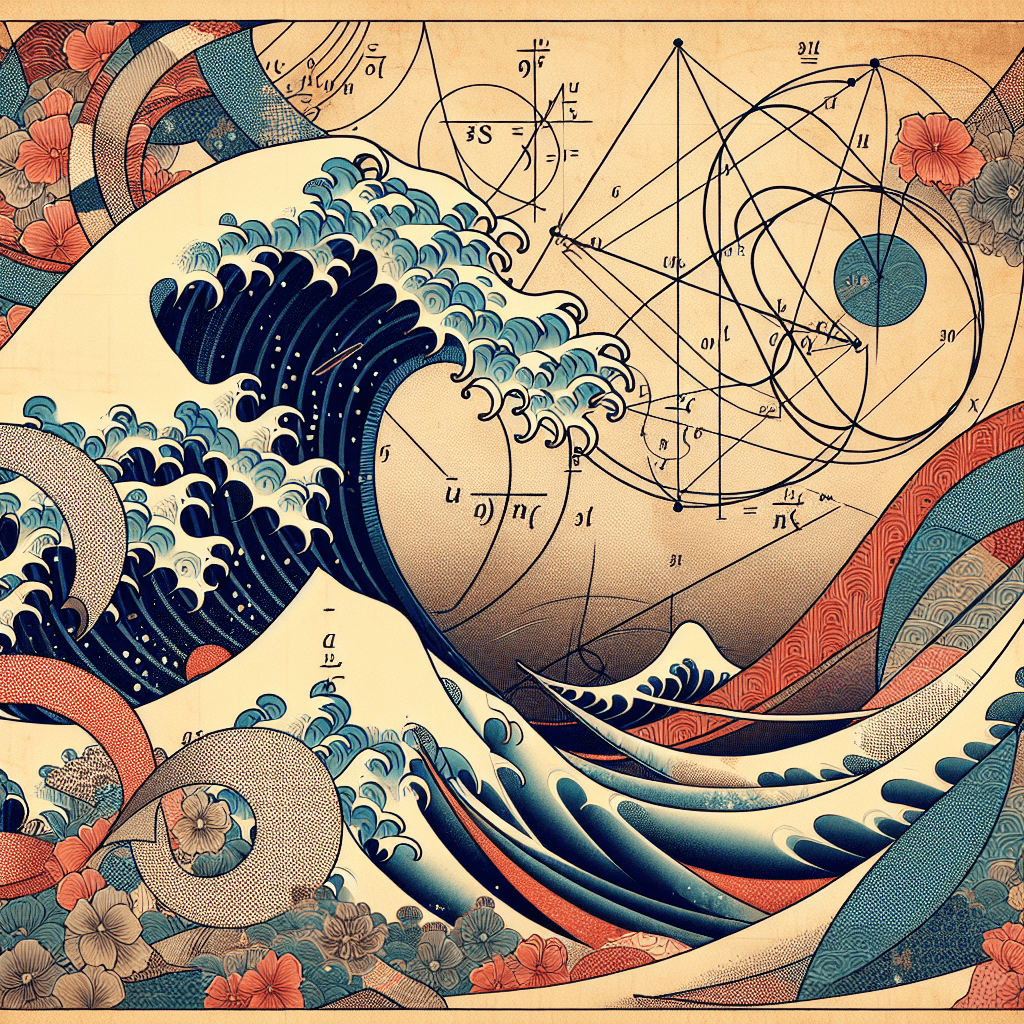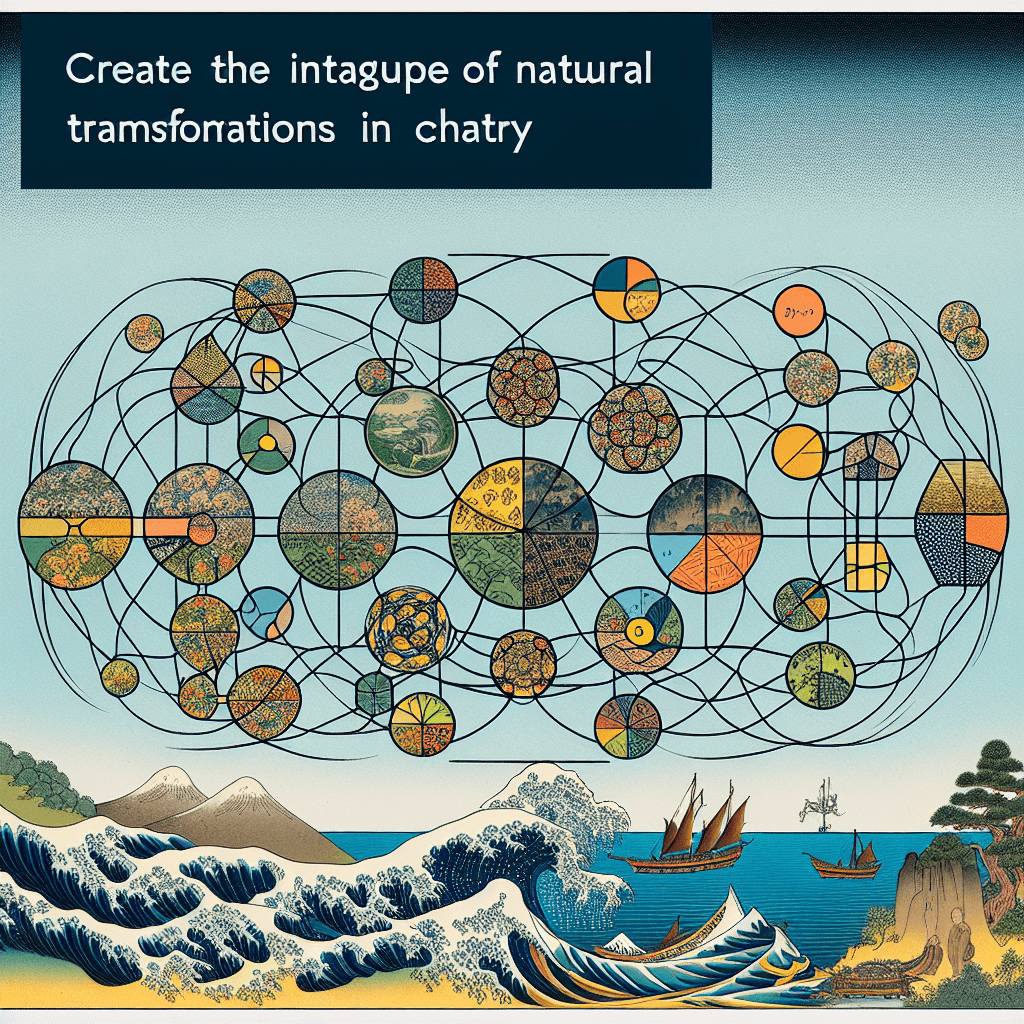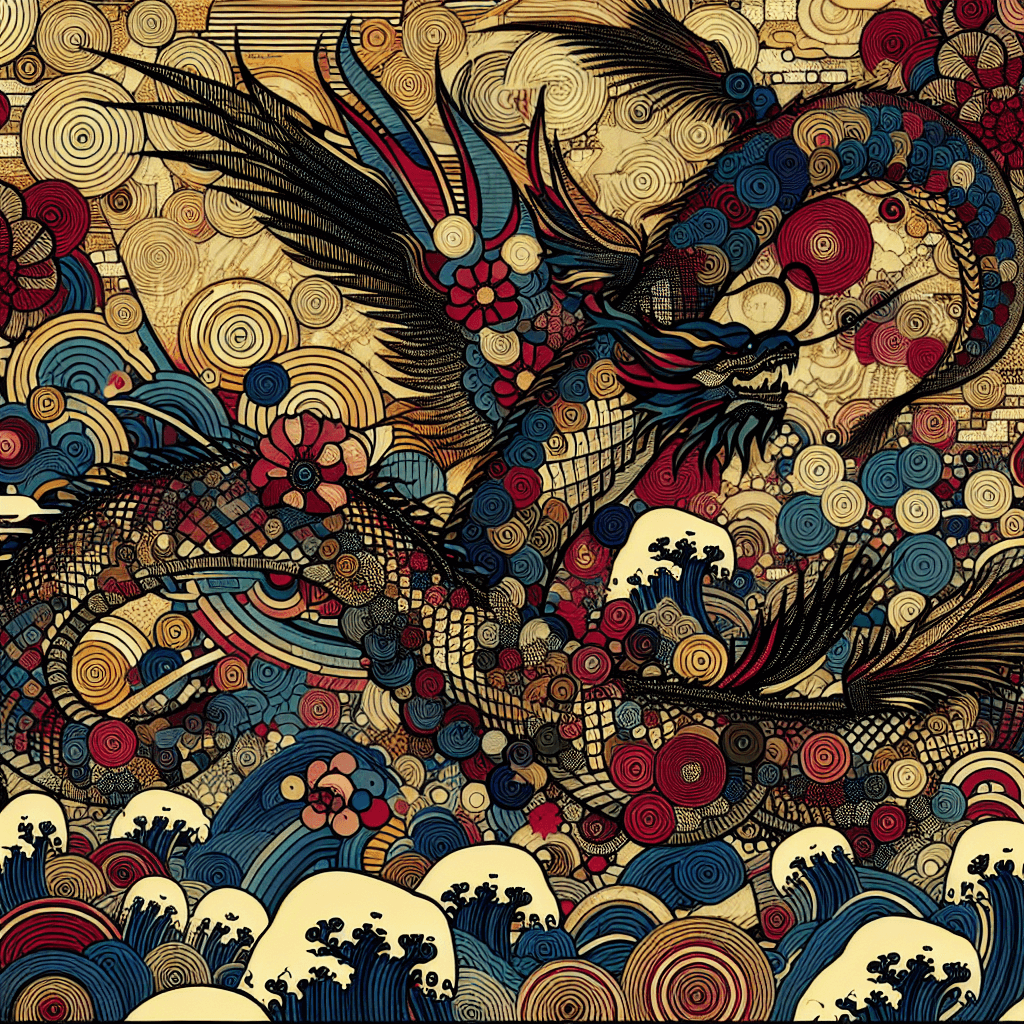Points Representing Objects in a Category: A Comprehensive Exploration
syndu | Sept. 1, 2024, 9:45 p.m.
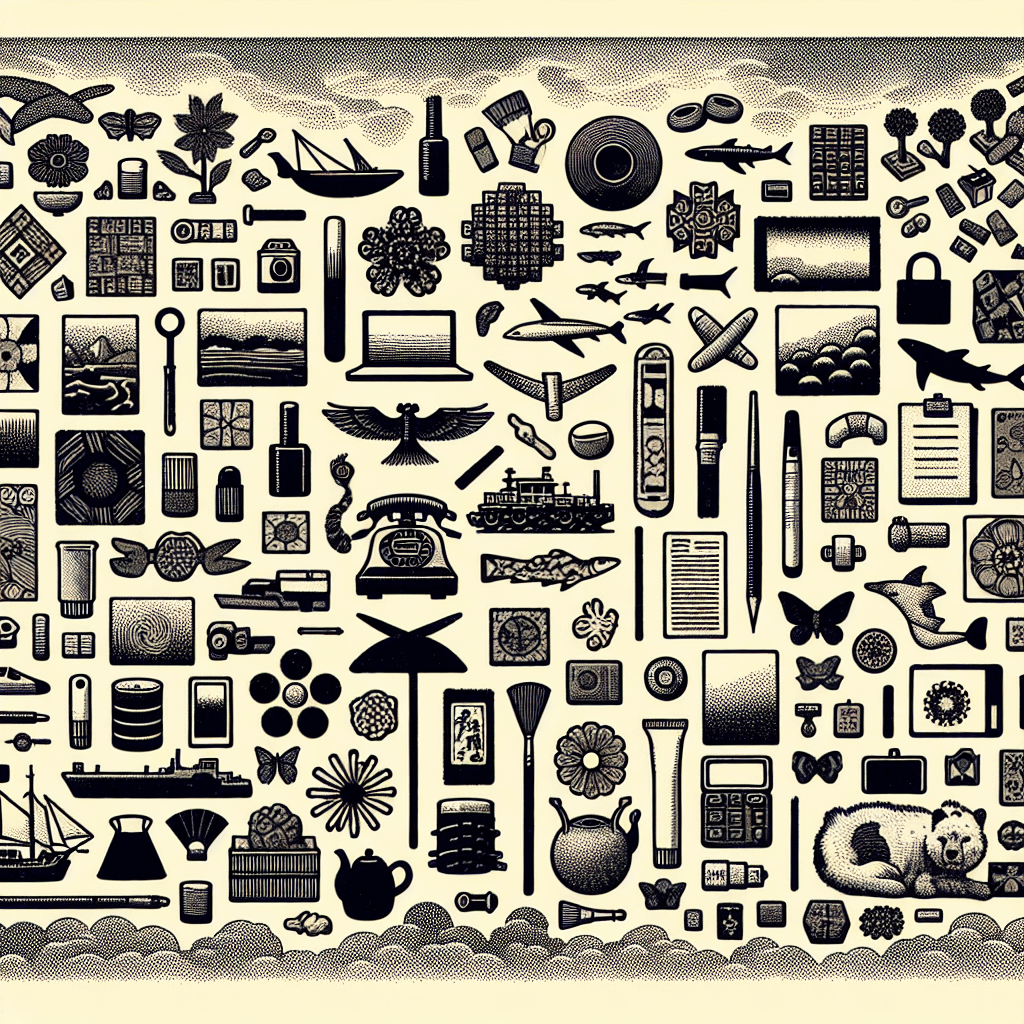
Points Representing Objects in a Category: A Comprehensive Exploration
Introduction
Category theory, often described as "the mathematics of mathematics," provides a unifying framework for understanding and connecting various mathematical structures. One of the intriguing aspects of category theory is how points can represent objects within a category. This blog post will delve into the fundamental concepts of category theory, including objects, morphisms, composition, and identity morphisms, and their applications in fields such as algebra, topology, and computer science.
Fundamental Concepts of Category Theory
- Objects: In category theory, objects can be thought of as points or entities within a category. These objects can represent various mathematical entities such as sets, spaces, or groups.
- Morphisms: Morphisms are arrows or mappings between objects, representing relationships or transformations. They are crucial in defining the structure of a category.
- Composition: For any two morphisms \( f: X \rightarrow Y \) and \( g: Y \rightarrow Z \), there exists a composition \( g \circ f: X \rightarrow Z \). This property ensures that morphisms can be combined to form new morphisms.
- Identity: For each object \( X \) in the category, there exists an identity morphism \( \text{id}_X: X \rightarrow X \) that acts as a neutral element for composition. This means that for any morphism \( f: X \rightarrow Y \), the compositions \( f \circ \text{id}_X \) and \( \text{id}_Y \circ f \) are equal to \( f \).
Points as Representations of Objects
To understand how points can represent objects in a category, let's use a metaphor. Imagine a map where each city represents an object, and the roads between cities represent morphisms. Each city (object) can be pinpointed on the map by a specific location (point).
"Each city (object) can be pinpointed on the map by a specific location (point)."
- Cities as Objects: Each city on the map represents an object in the category.
- Roads as Morphisms: The roads connecting cities represent morphisms, showing how one city can be reached from another.
- Points as Representations: The exact location of each city on the map is a point that represents the object.
This metaphor helps us visualize how points can serve as concrete representations of abstract objects within a category.
Visualizing Points and Morphisms
To make these concepts more visual, let's use diagrams to illustrate how points can represent objects and how morphisms connect these points.
- Diagram of Cities and Roads: This diagram represents a category with cities as objects and roads as morphisms. Each city is labeled as an object, and the roads represent the morphisms between these objects.

- Point Representation: This visual aid shows how each city (object) is represented by a specific point on the map. It includes labeled cities and roads to illustrate the connections.

- Commutative Diagram: This diagram highlights the commutative property of morphisms, ensuring that the composition of roads respects the structure of the cities and their relationships.

Applications in Different Fields
Understanding how points can represent objects in a category is crucial for exploring more advanced topics in category theory and its applications across various fields:
- Algebra: Points can represent algebraic structures such as groups, rings, and modules, providing a framework for understanding algebraic relationships.
- Topology: Points can represent topological spaces, illustrating how spaces can be transformed through continuous mappings.
- Logic and Computer Science: Points can represent types in type theory, which is particularly useful in functional programming and the semantics of programming languages.
Conclusion
Points representing objects in a category provide a powerful way to visualize and understand the abstract concepts of category theory. By using metaphors and visual aids, we can make these ideas more accessible and engaging. This foundational understanding is crucial for exploring more advanced topics in category theory and its applications across various fields.
Next Steps for Blog Series
To delve deeper into category theory, we will continue our blog series with the following topics:
- Natural Transformations: Connecting Functors
- Limits and Colimits: Universal Properties in Categories
- Monoids and Monoidal Categories: Algebraic Structures in Category Theory
- Conclusion: The Power of Category Theory and Godai Metaphors
Action Items
1. Research and Understand the Topic: Gain a deep understanding of each specific topic.
2. Draft the Blog Post: Write detailed and engaging content using metaphors and visual aids.
3. Create Visual Aids: Develop visual aids to illustrate the concepts.
4. Generate a Captivating Title: Create an informative and intriguing title.
5. Review and Edit: Proofread and edit for clarity and correctness.
6. Publish and Promote: Publish the blog post and promote it to reach the target audience.
Goal: To create a comprehensive and engaging content series that attracts and inspires readers, encouraging them to explore category theory through relatable and visual metaphors.
Promotion Plan
- Social Media: Share the blog post on platforms like Twitter, LinkedIn, and Facebook with engaging captions and relevant hashtags.
- Newsletters: Include the blog post in the next edition of our newsletter to reach our subscribers.
- Online Communities: Post the blog link in relevant forums and communities such as Reddit, Stack Exchange, and specialized category theory groups.
- Collaborations: Reach out to influencers and experts in the field to share the blog post with their audience.
- SEO Optimization: Ensure the blog post is optimized for search engines to attract organic traffic.
By following this plan, we aim to maximize the reach and impact of our blog post, engaging a wide audience interested in category theory and its applications.
